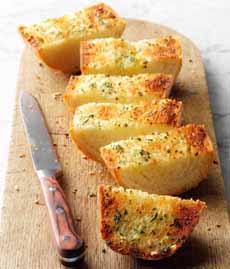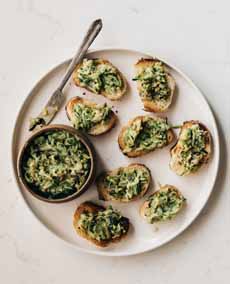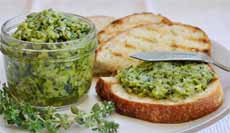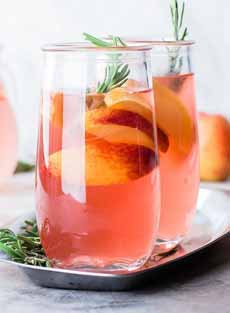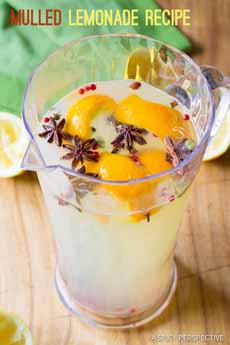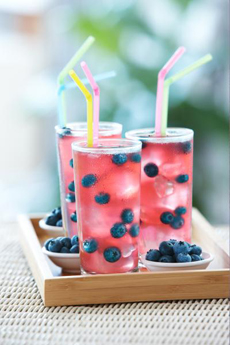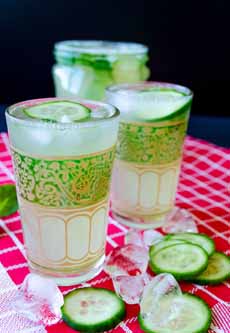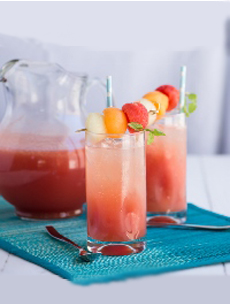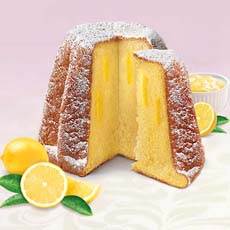|
There’s a lot that’s happening in the nondairy milk space, and most of it is excellent.
This week’s Top Pick is Almond Breeze Almondmilk from Blue Diamond.
Even if you’re perfectly happy with cow’s milk (as we are), you should give it a try.
Some people seek nondairy milks because of lactose intolerance, kosher or vegan diets. But everyone who enjoys milk or milk-based drinks should pull a carton of Almond Breeze from the shelf and check it out.
Almondmilk (we spell it almond milk, but are not about to take on Blue Diamond) can be substituted for dairy milk in cereal, smoothies, tea, hot chocolate, and hot or iced coffee.
You can use almondmilk for cooking (salad dressings, sauces, soups), baking, and pretty much everything that calls for milk or half-and-half, including ice pops and the creamy polenta in photo #3.
If you drink a lot of milk, you’ll save calories, too: At 60 calories per serving, Original Almondmilk has about half the calories of 2% milk.
It’s also higher in nutrition*. Almond Breeze products are an excellent source of calcium and Vitamins D and E, and a good source of vitamin A.
Although the entire line is dairy free, it’s certified OU Dairy†.
The products are available nationwide at Publix, Safeway, Target, Walmart and other stores. Here’s a store locator.
STARTING WITH THE BASICS
How much do people like almond milk? There are 10 SKUs‡ of milk alone; then creamer and specialty drinks.
Original Almondmilk
Unsweetened Original Almondmilk
Reduced Sugar Almondmilk
Vanilla Almondmilk
Unsweetened Vanilla Almondmilk
Reduced Sugar Vanilla Almondmilk
Chocolate Almondmilk (photo #1)
Unsweetened Chocolate Almondmilk
Hint of Honey Almondmilk
Hint of Honey Vanilla Almondmilk
The flavored varieties can be the basis of a float or a shake.
AND MORE!
If you like the milk, you’ll also like the:
Coffee Creamers (original and vanilla—photo #2)
Nogs (seasonal, without eggs but with plenty of flavor)
Yogurt Alternatives (8 varieties)
OUR NEW FAVORITES
Almond Breeze Banana Almondmilk
Made with real bananas, this delectable treat has only 80 calories per cup and zero added sugars (photo #3).
It tastes like a better-for-you banana shake, but you can:
Use it on cereal.
Use it as a base for a creamy rum cocktail.
Warm it up, for a banana version of hot chocolate.
Almond Breeze Horchata
A classic creamy Mexican drink, authentica horchata is made with milk, ground rice, cane sugar, cinnamon and vanilla.
Almond Breeze’s horchata is made from almond milk, rice flour, cane sugar, cinnamon and vanilla (photo #4).
It’s an addictively delicious cold drink, with just 110 calories per serving. As we discovered with Banana Almondmilk, we can:
Add it to cereal, hot or cold.
Turn it into a cocktail with rum or spirit of choice.
Warm it up, to create a cup of hot milk with cinnamon-vanilla accents.
Serve it as a drink with dessert, instead of coffee or tea.
ALMOND BREEZE RECIPES
Whatever you want to make, whatever meal of the day, check out the Almond Breeze recipes at BlueDiamond.com.
|
|
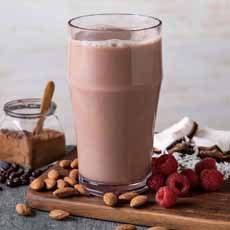
[1] There are 10 flavors of Almond Breeze almondmilk, including both sweetened and unsweetened chocolate (all photos courtesy Blue Diamond/Almond Breeze).

[2] Rich coffee creamers, in Original and Vanilla, have just 10 or 15 calories per serving.
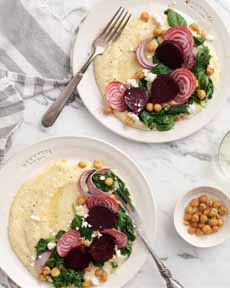
[3] Creamy polenta with beets, baby spinach and roasted chickpeas. Here’s the recipe from Blue Diamond.

[4] Our favorite new Almond Breeze flavor: Banana! It’s so good that it makes you wonder why there isn’t a lot more banana milk around.
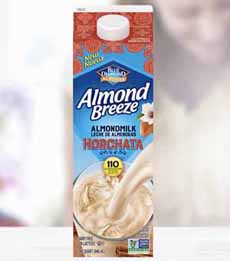
[5] Another favorite, Almond Breeze Horchata, is so good that, like Banana, you can have it for dessert. (Or, add rum to either Banana or Horchata for a lower-calorie cocktail.)
|






